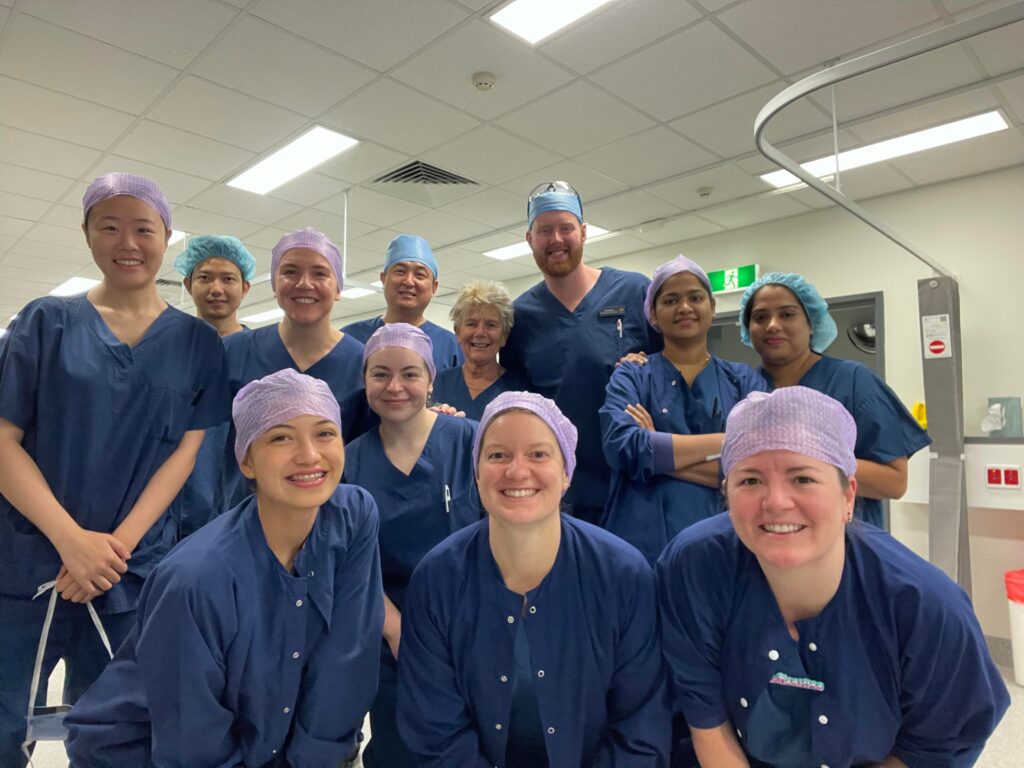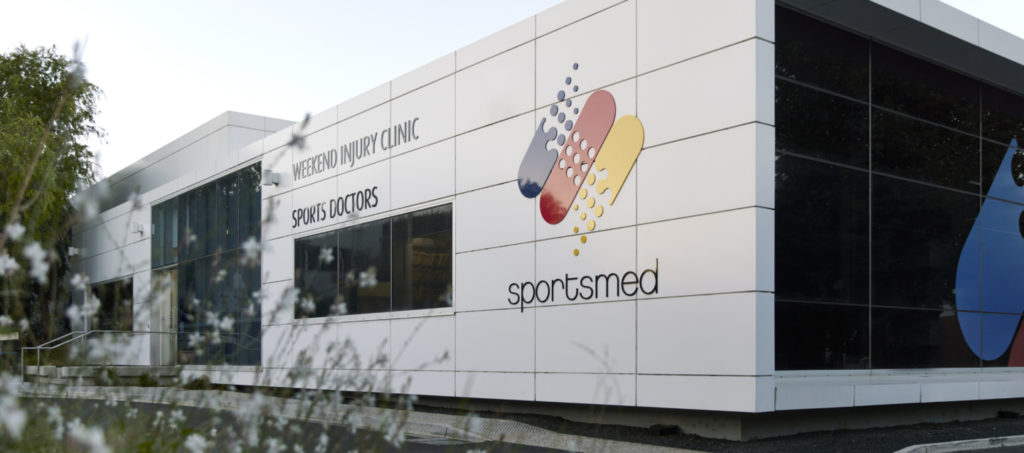An elbow fracture is a partial or complete break in one or more of the bones that make up the elbow joint. The bones that form the elbow joint are the:
Humerus
The bone in the upper arm that runs from the shoulder to the elbow.
Ulna
The bone in the forearm on the little finger side.
Radius
The bone in the forearm on the thumb side.
The bone fracture can be only part of an injury, with the ligaments that stabilise and control the movement within the elbow also damaged. Other structures of the elbow that can be damaged include the tendons blood vessels and nerves.
signs and symptoms
An elbow fracture can be identified by the following signs and symptoms:
- Severe pain, tenderness
- Limited range of motion – failure to properly bend.
- Swelling
- Bruising
- Numbness in the forearm, hand or fingers
- Deformity
common causes
A fracture in the elbow is caused by trauma to the bones. Trauma could have resulted from falling directly on the elbow, falling awkwardly on an outstretched arm, suffering a forceful and sudden blow to the elbow, or twisting the elbow beyond the normal range of motion.
x-ray
An image is taken of the fracture to identify it and determine how it should be managed. Fractures that are moved out of position require treatment to restore their alignment and enable recovery. Fractures that remain in position need to be supported until healed.
treatment – non-operative
There are a number of non-surgical treatments that can treat an acute elbow fracture.
Ice
An ice pack can be applied for 15-20 minutes every hour to help decrease swelling and pain, and potentially prevent tissue damage.
Elevation
Elevating the injured elbow above the level of your heart can decrease swelling and pain. While the elbow is elevated, wiggle your fingers and open and close them to prevent stiffness in the hand.
Bandage support
A cast, brace, sling or splint will limit arm movement, but ensure the fractured bones are protected from further damage and held firmly in place while they heal.
Medication
Tablets and creams to relieve pain maybe required.
treatment – surgery
Depending on its severity, a surgical procedure may be required to treat an elbow fracture. The techniques used for treatment include:
Internal fixation
Plates and screws are inserted to gain stability of the fractured bones to enable early movement and improve healing.
Arthroplasty
In severe damage, it may require the removal of the fractured part of the elbow and its replacement with either a metal, ceramic or plastic implant that functions like the elbow joint.
Fragment excision
The broken pieces of bone are removed from the elbow if they compromise movement.
Bone graft
A bone graft replaces lost bone from the fracture. The graft can be obtained from another area of your or a donor’s body, or synthetic bone graft can be used. This procedure will help the bones to heal and maintain strength.
recovery
In general, it can take 6 to 10 weeks for a fractured elbow to heal. Regular activities will have to be adjusted to improve the functional recovery. Initial first aid treatments will further help post-operatively with any discomfort and swelling. A full functional recovery can take many months.
A sportsmed physiotherapist will provide a rehabilitation program including rage-of-motion and strengthening exercises to assist in the recovery and improve movement and strength in the elbow.
risks and complications
As with all surgical procedures, elbow surgery does involve some risks. While your sportsmed orthopaedic surgeon will take every precaution necessary to minimise risk, complications can occur that may have permanent repercussions.
Some specific risks related to elbow fracture surgery include:
- General pain
- Stiffness in the elbow
- Lack of elbow strength
- Infection
- Nerve damage leading to poor arm movement and numbness
- Blood vessel damage
- Arthritis
- The artificial material (metal screws, pins etc.) in the elbow may cause pain requiring further surgery for their removal
- Loss of fracture stability
contact
This fact sheet is a brief overview of an elbow fracture, produced by our Shoulder, Elbow, Wrist and Hand Surgeon Dr Nick Wallwork. To make an appointment or enquiry with Dr Wallwork or one of our upper limb specialists, contact 08 8362 7788 or email ortho@sportsmed.com.au.



